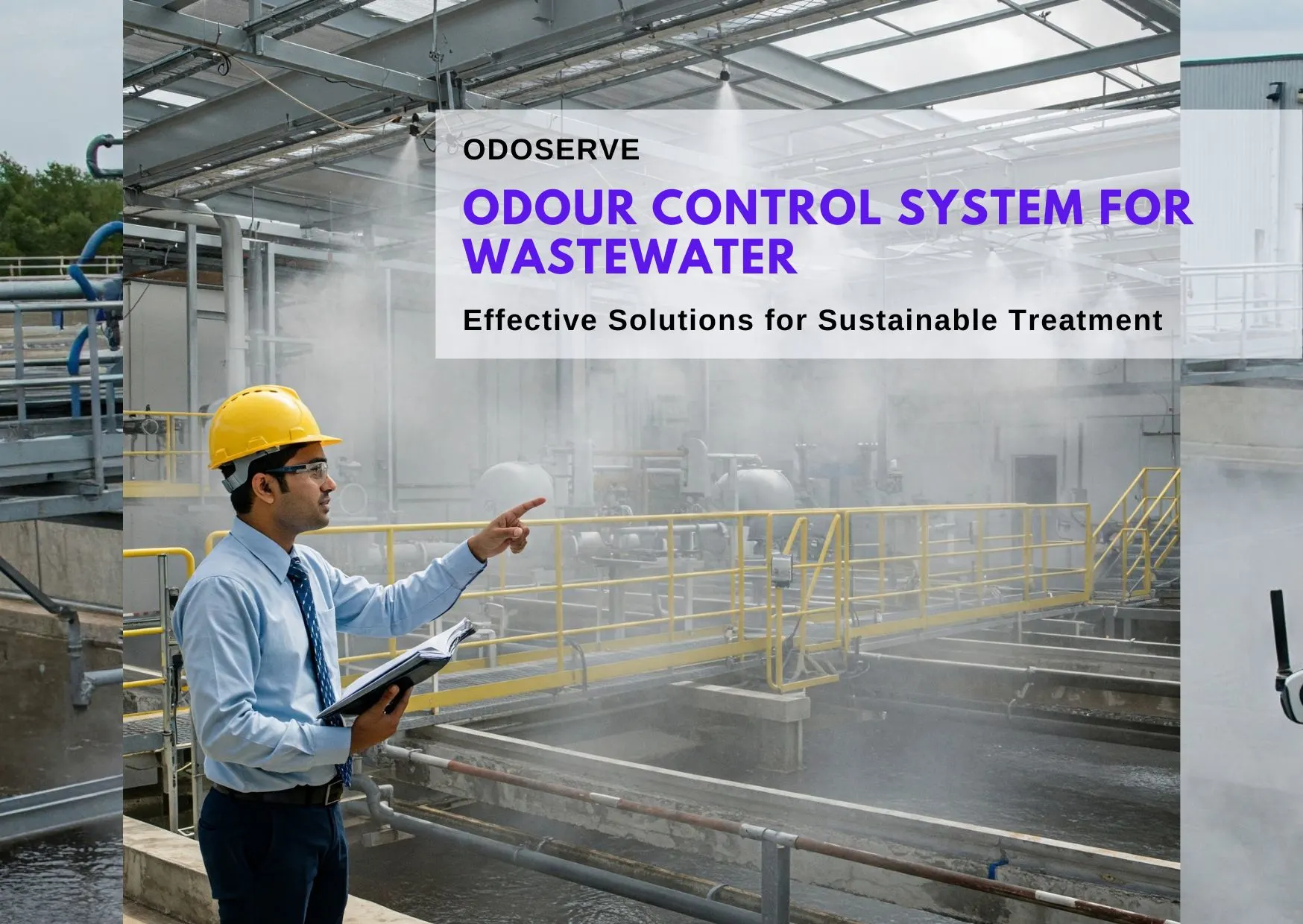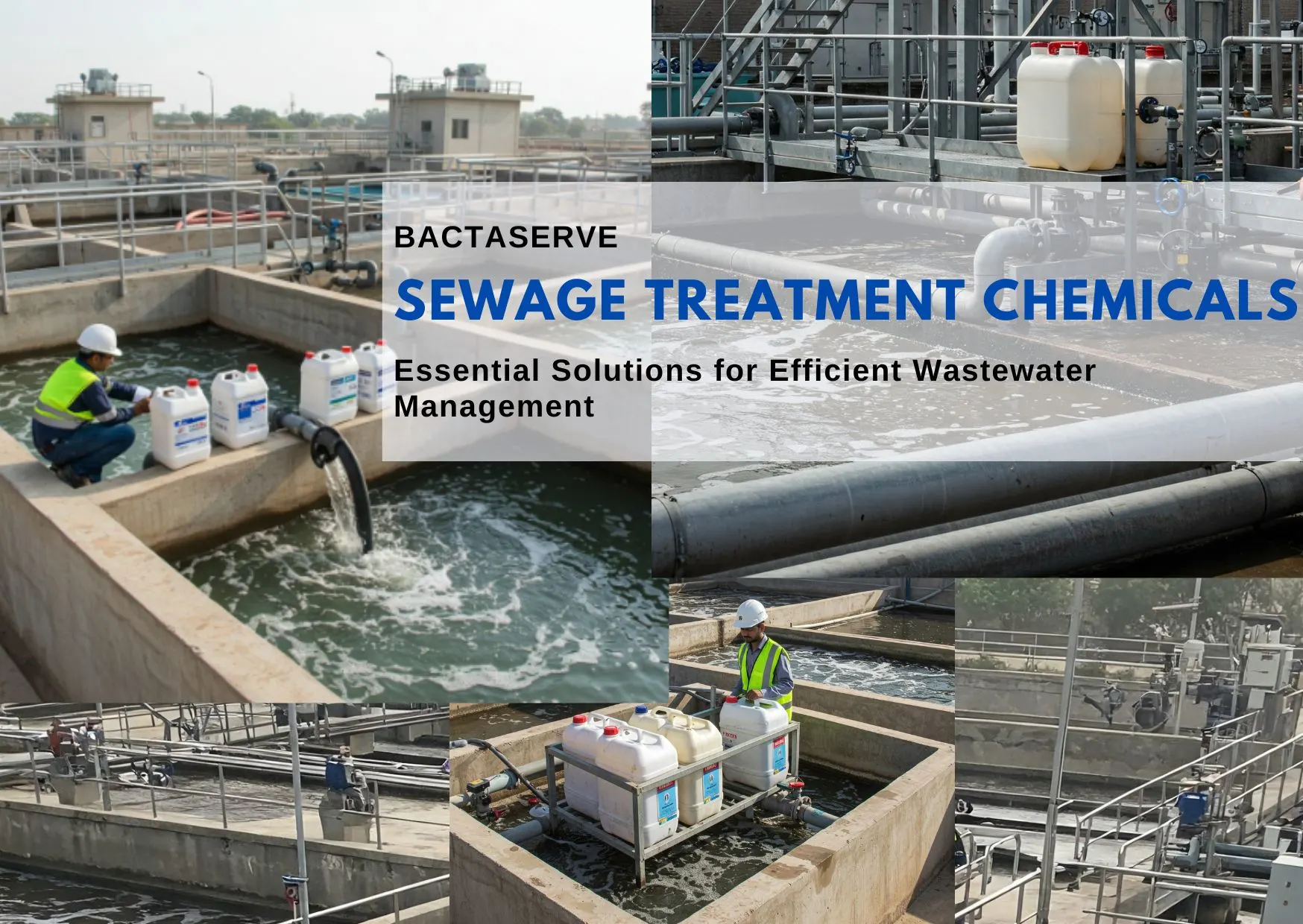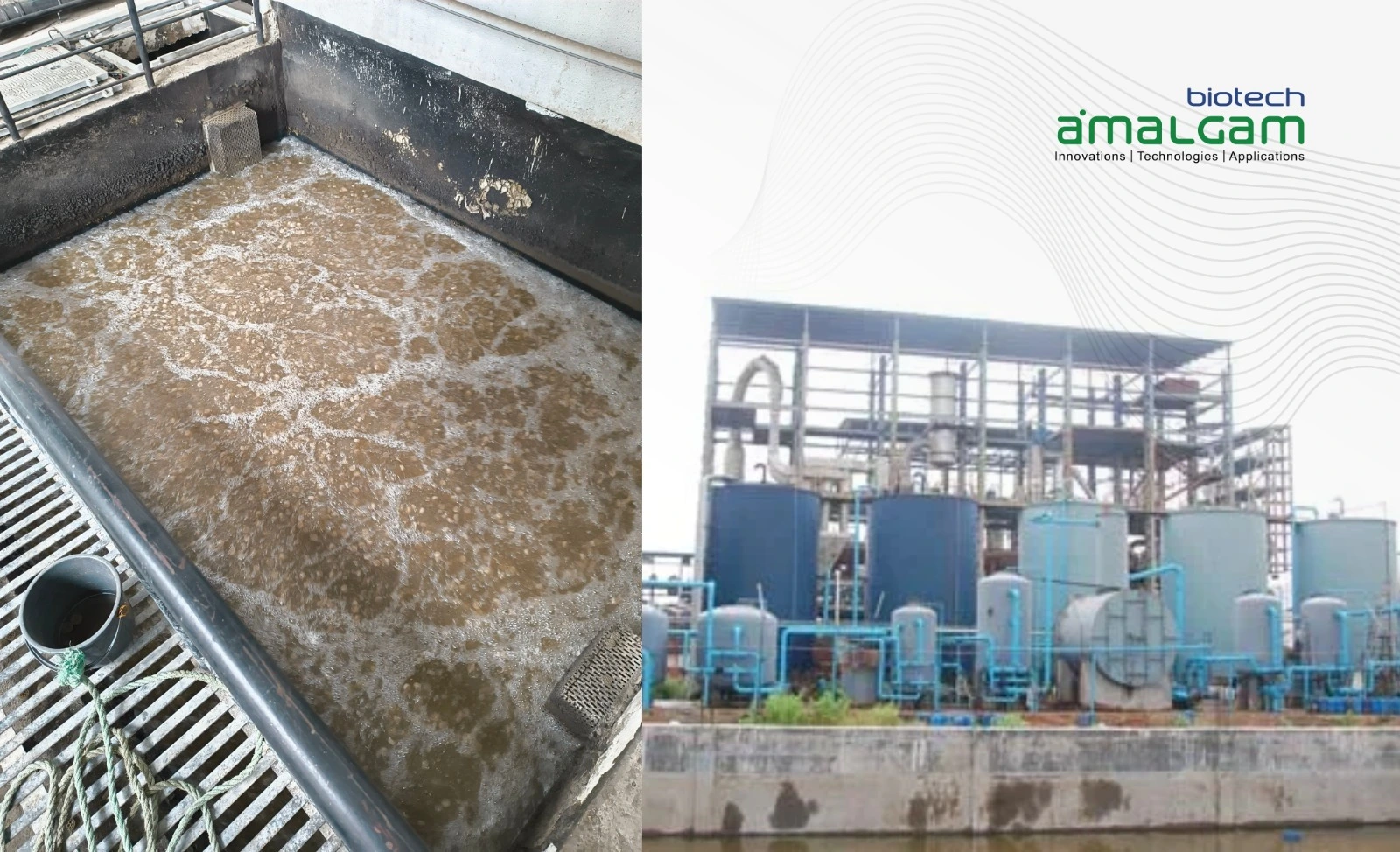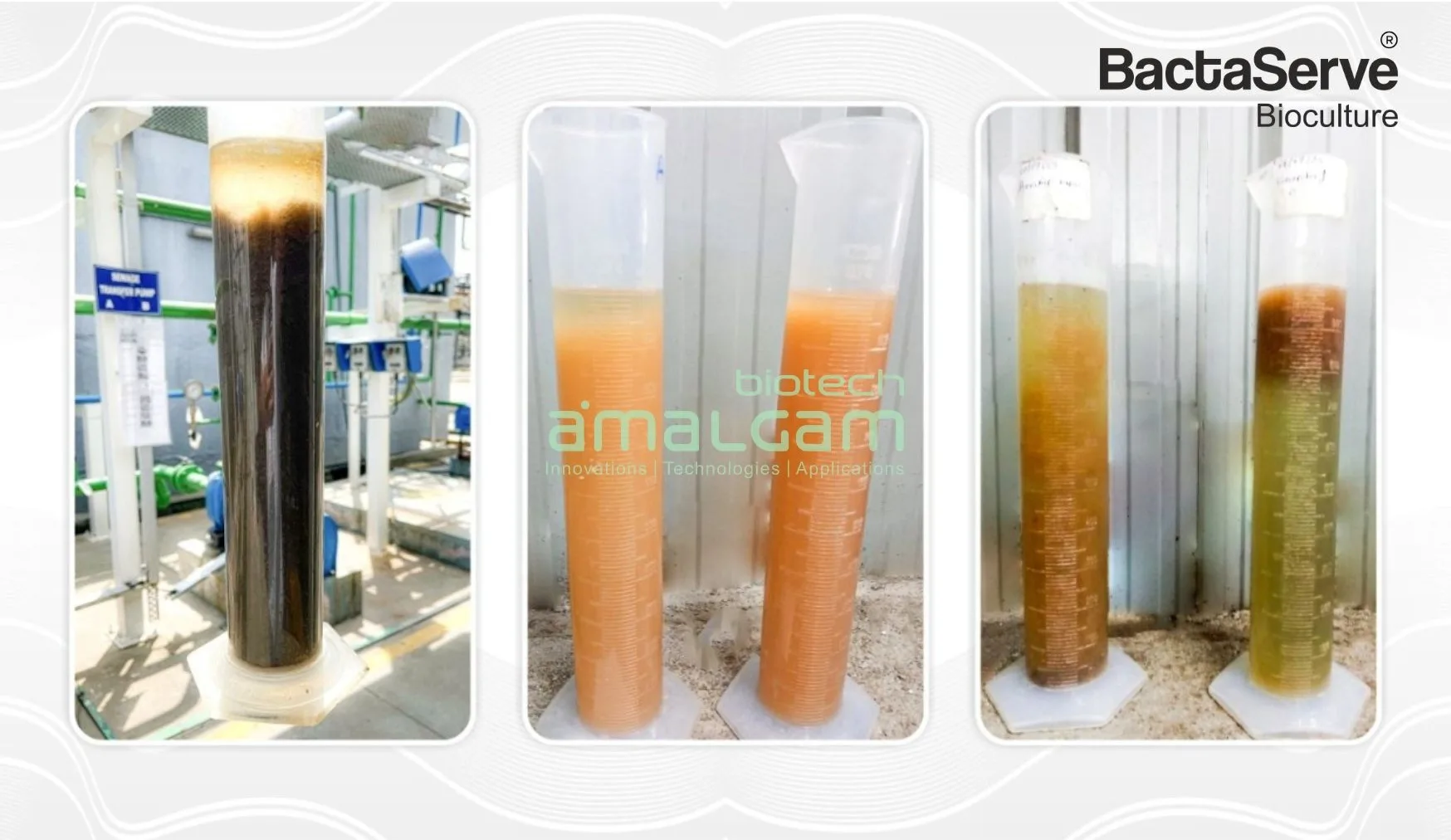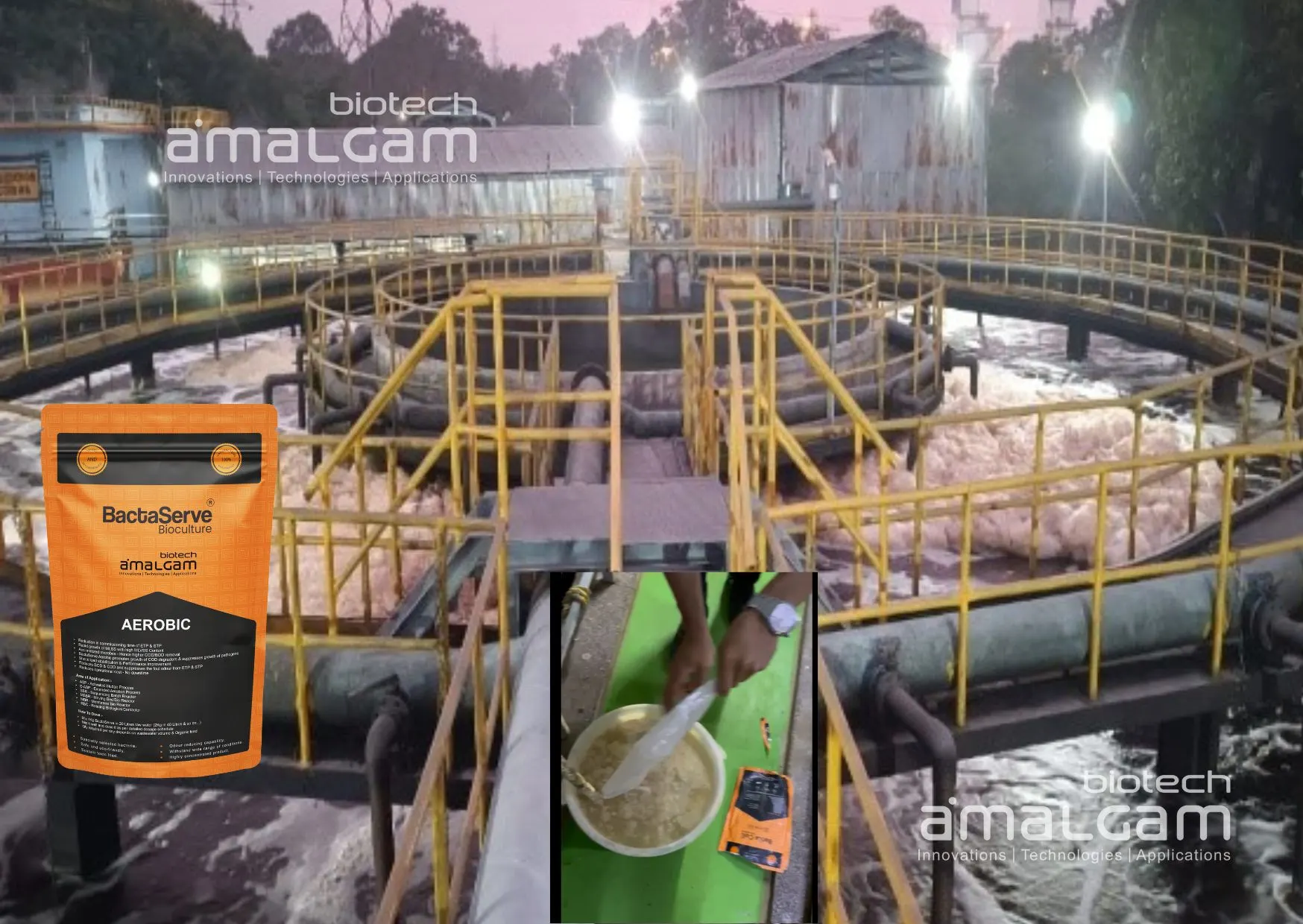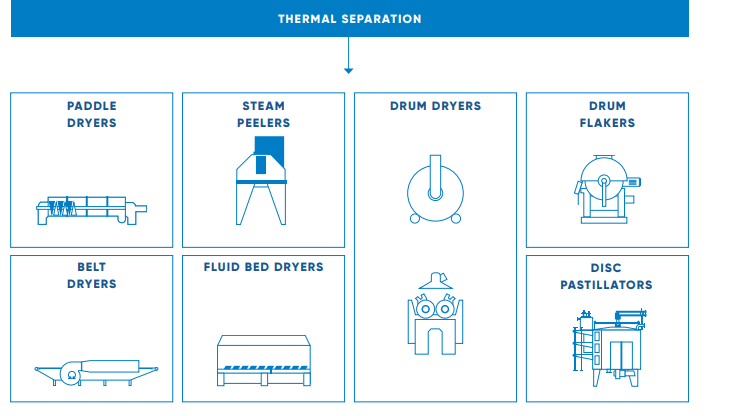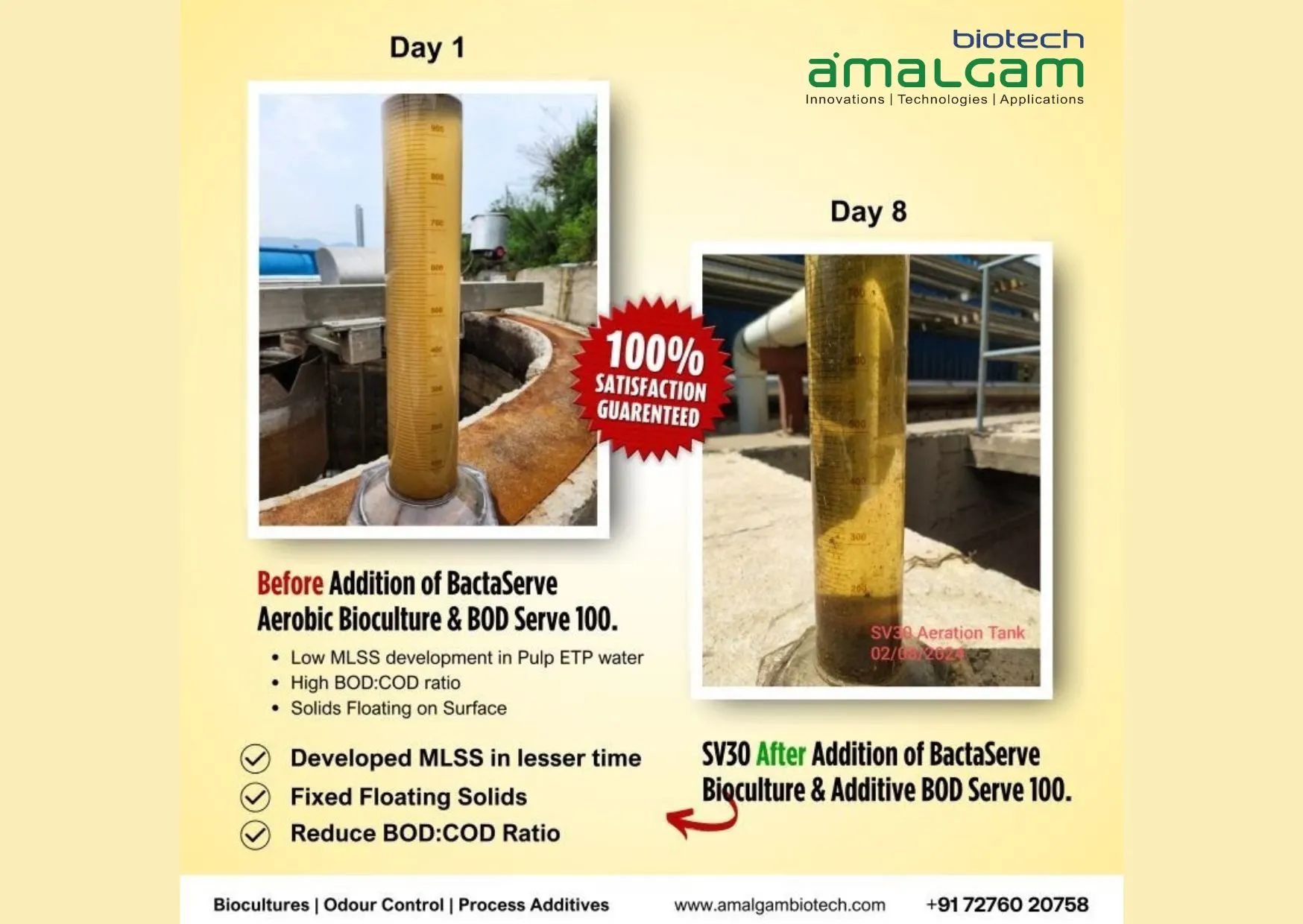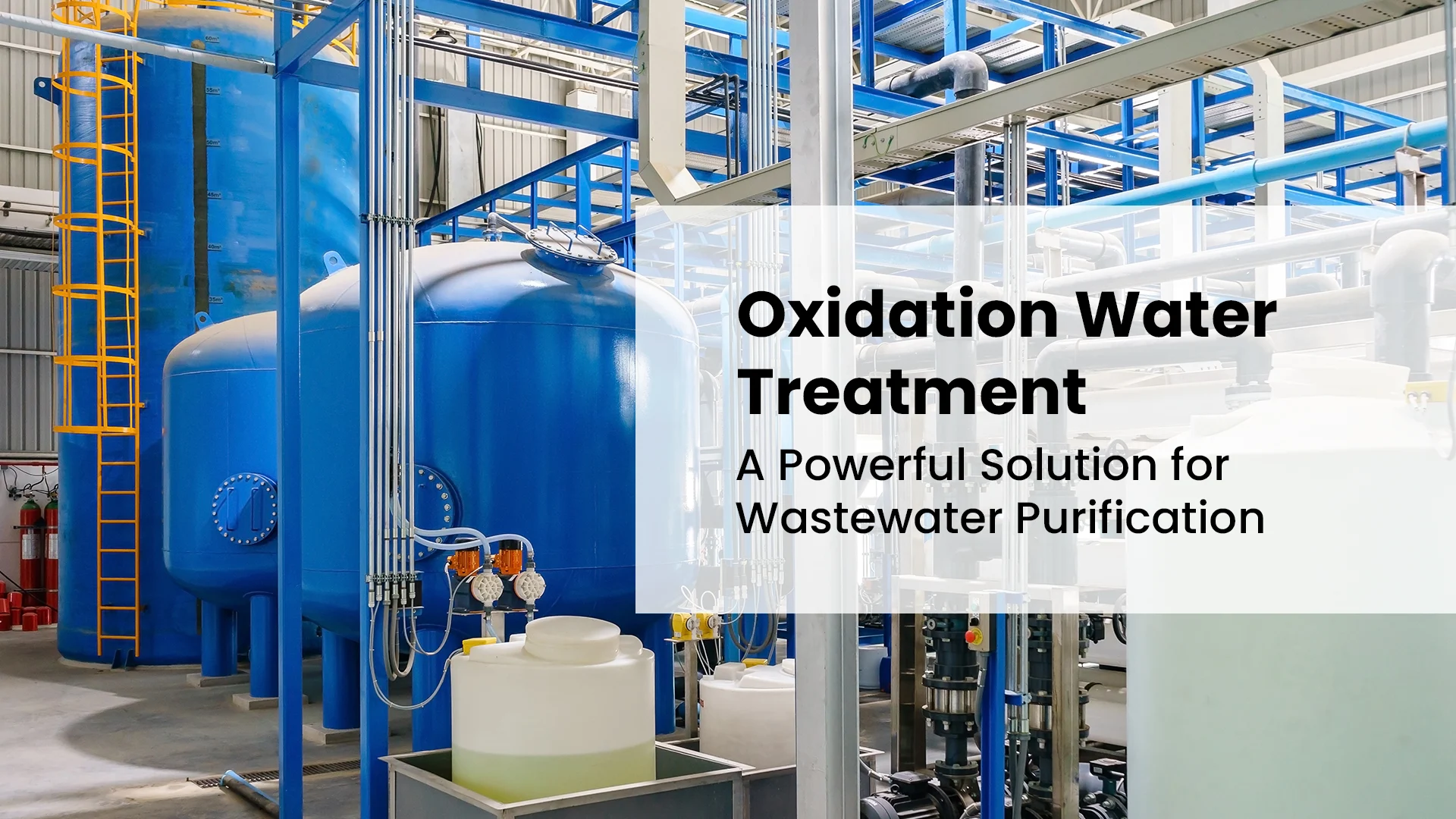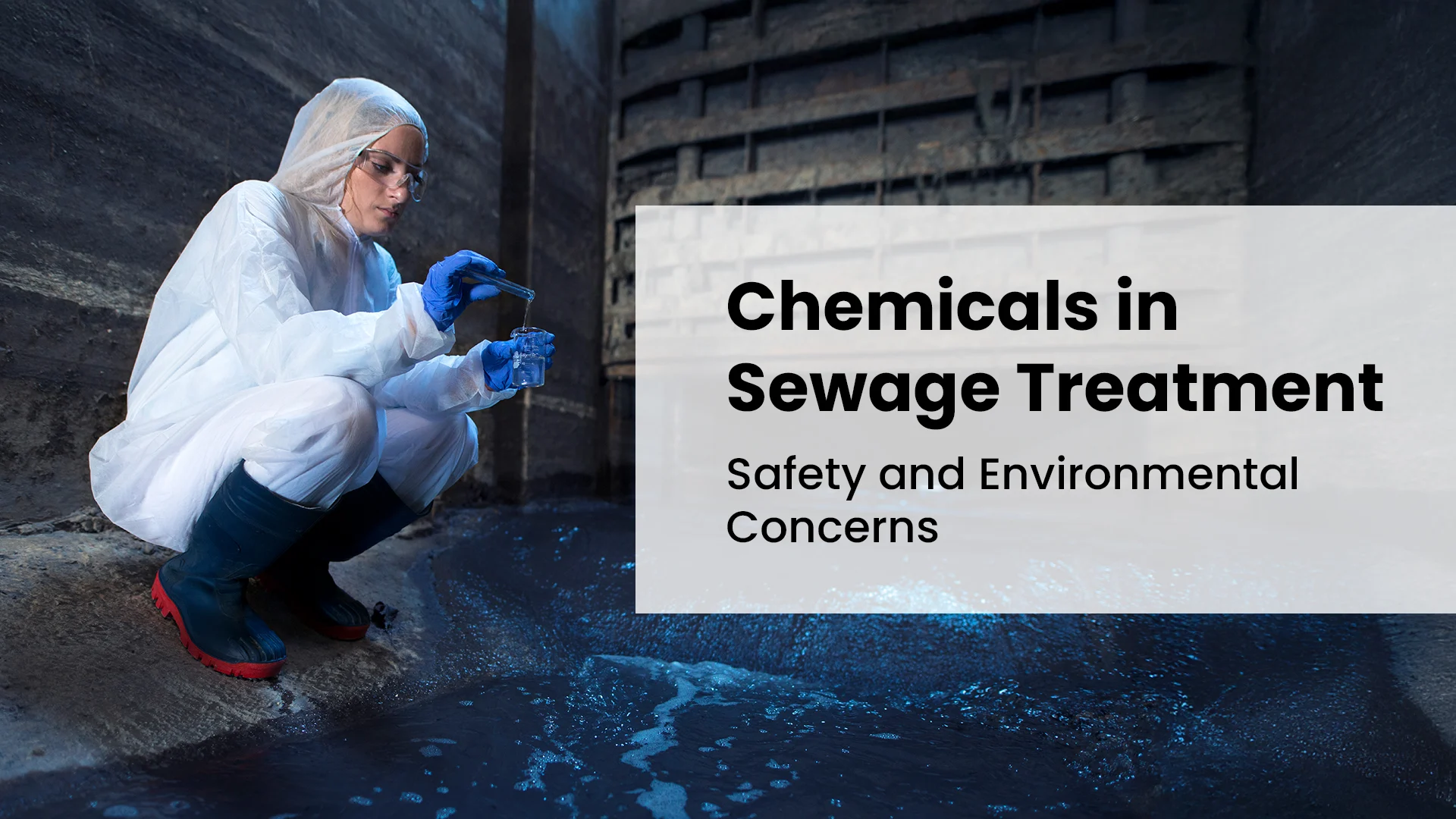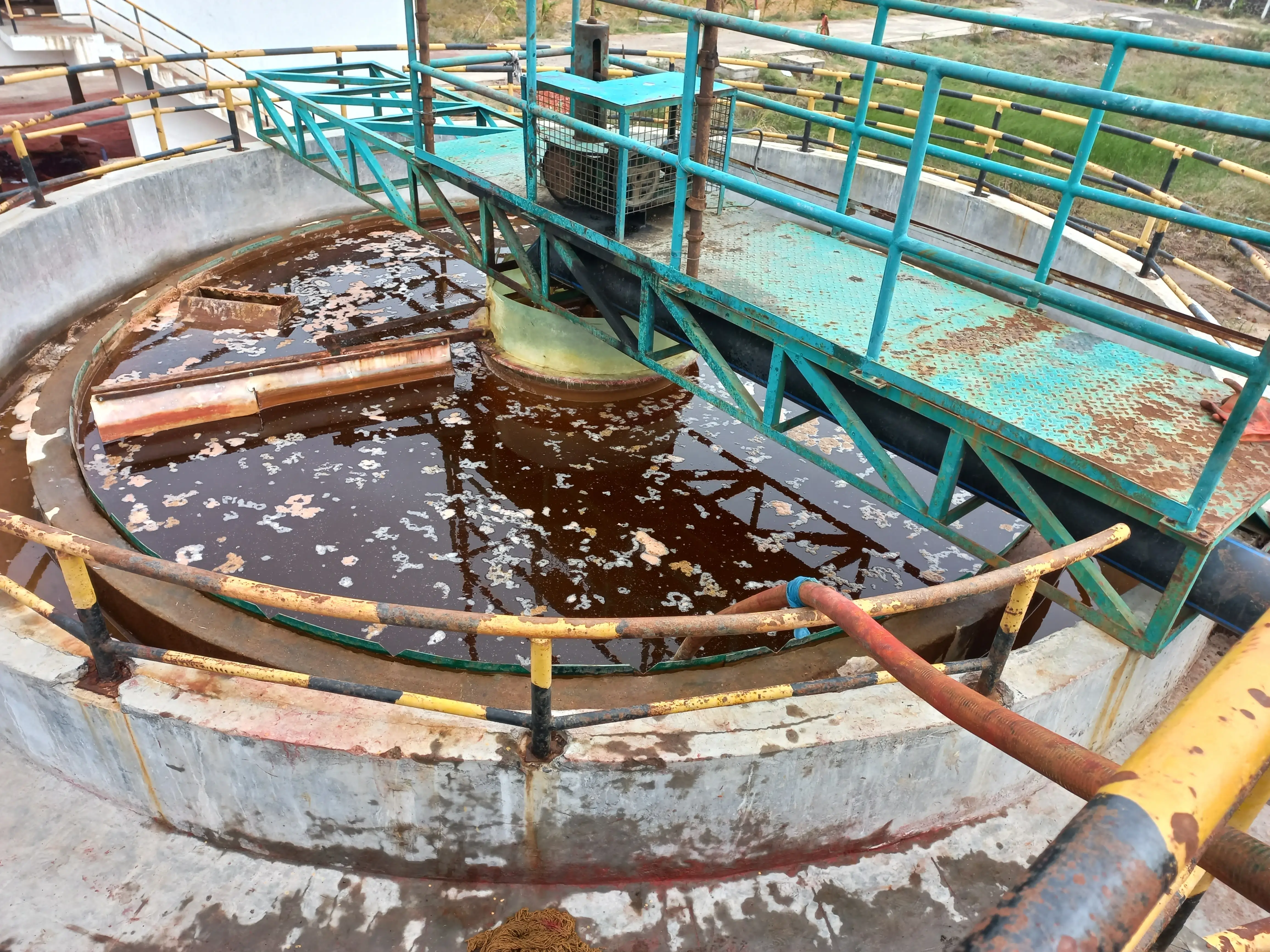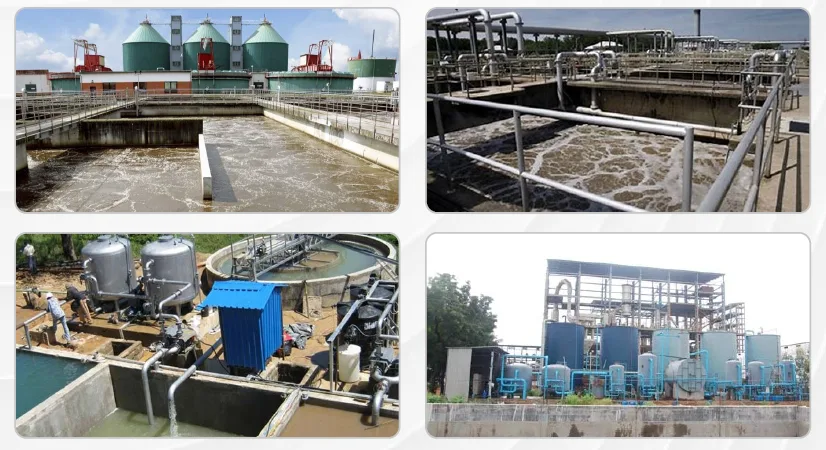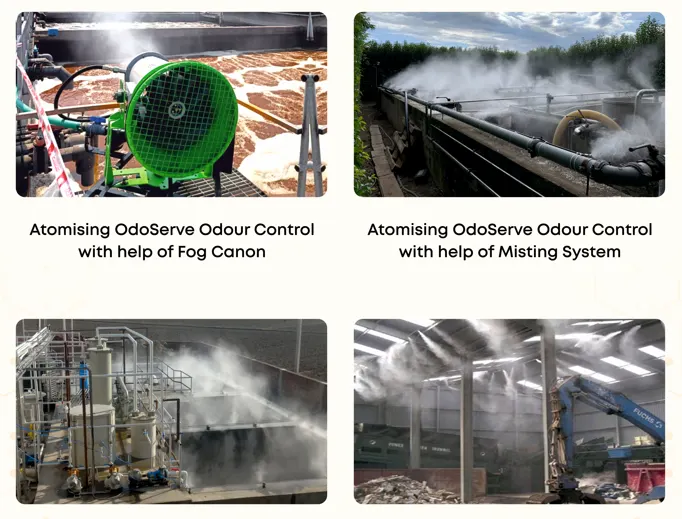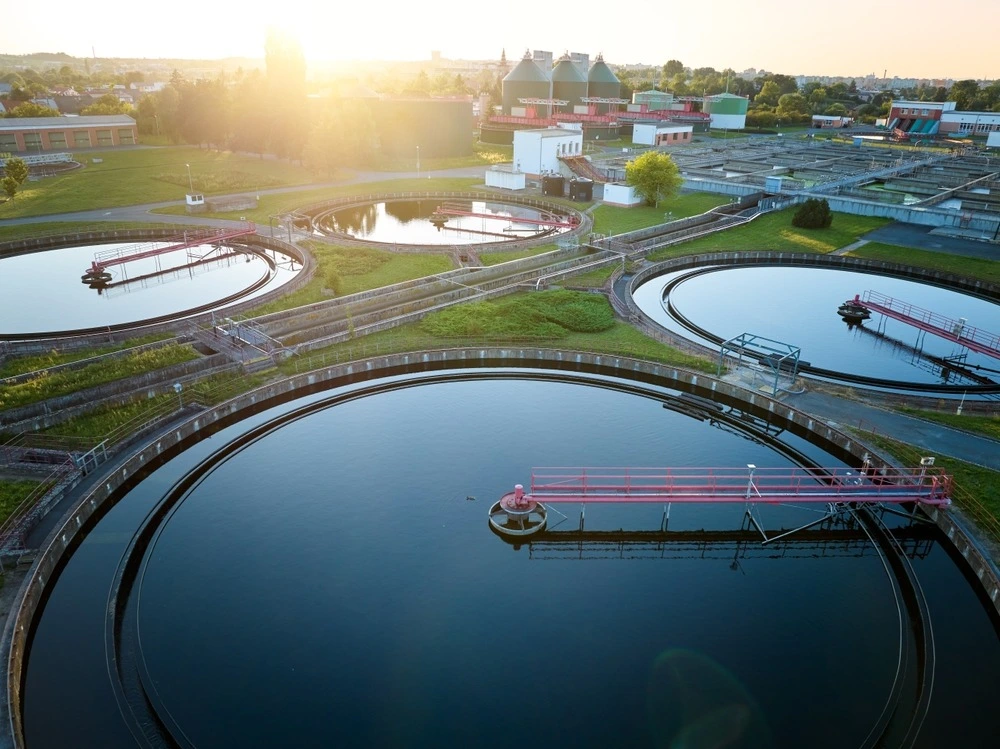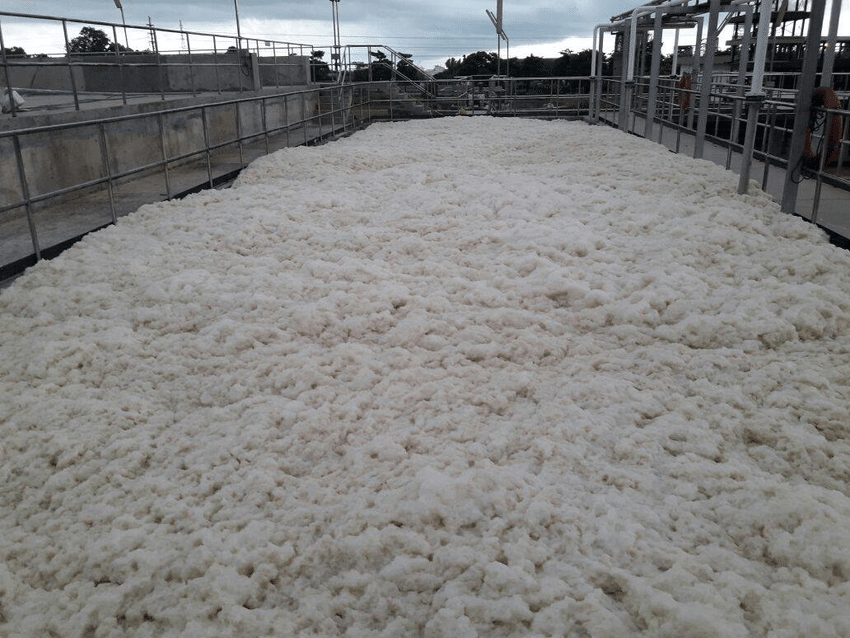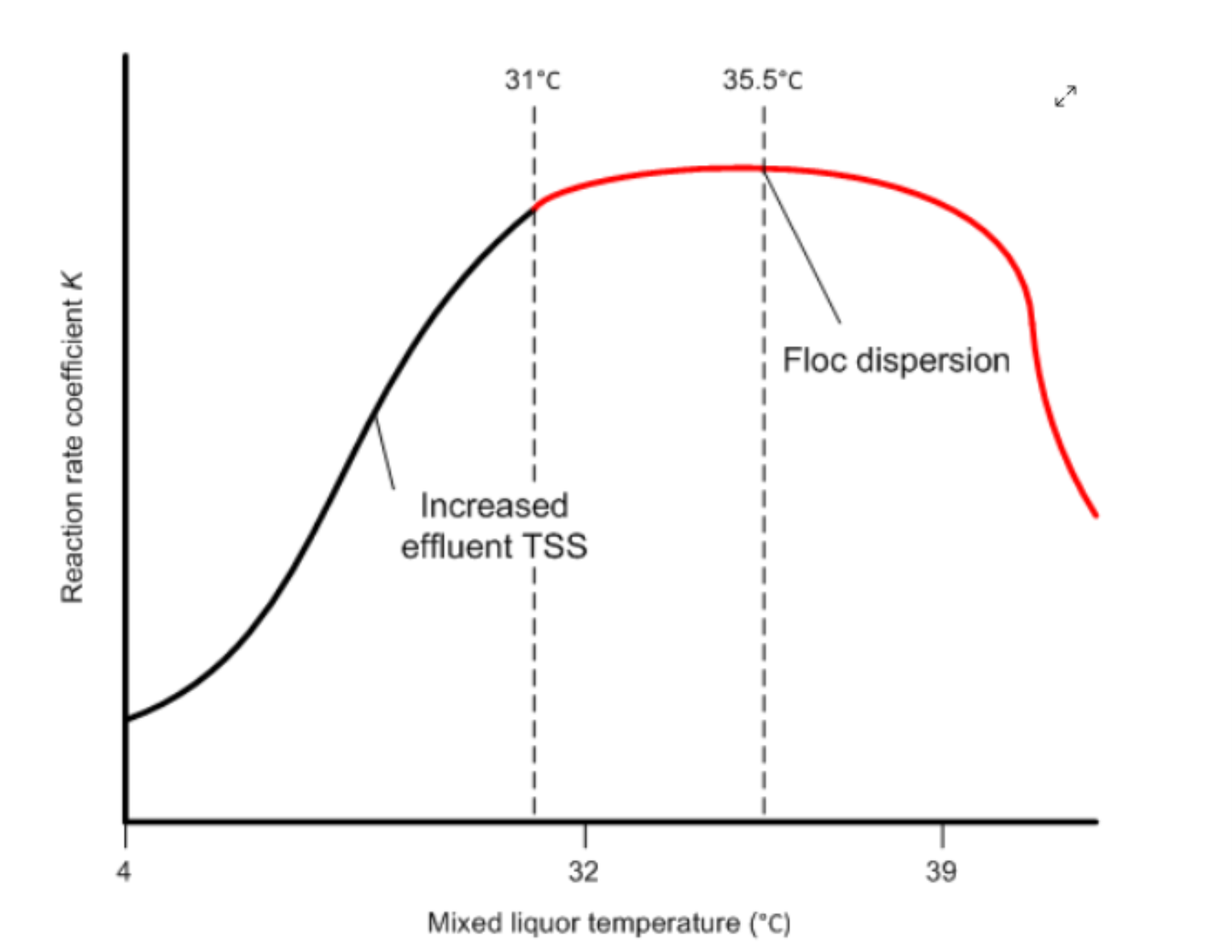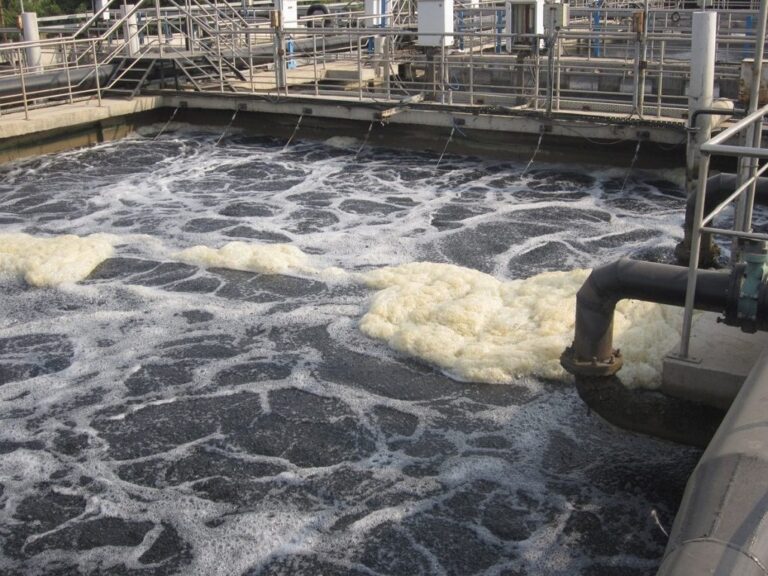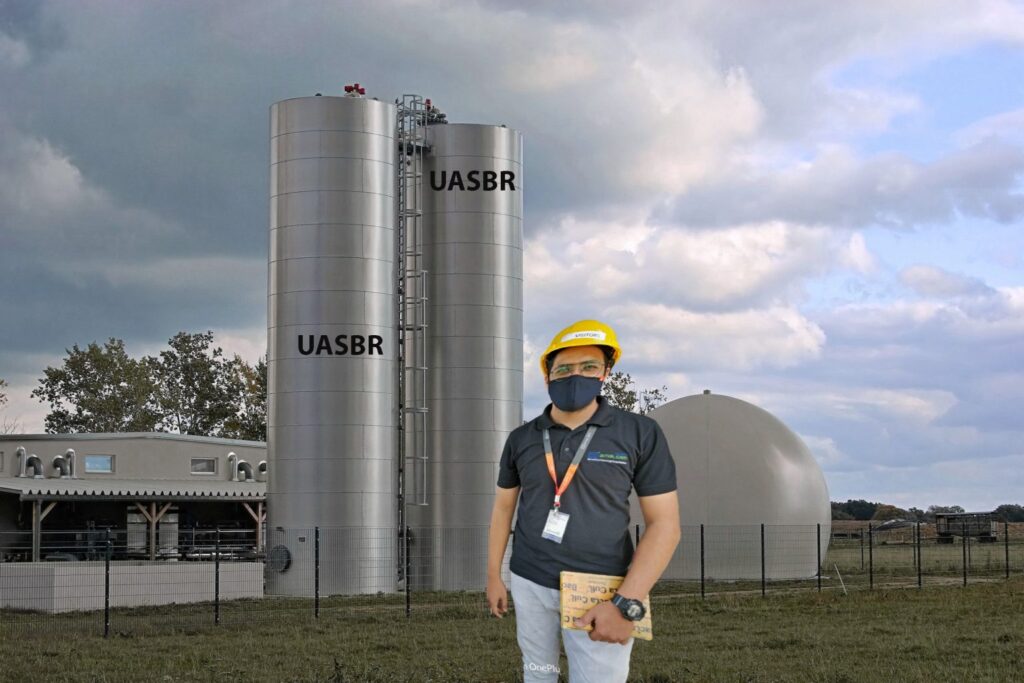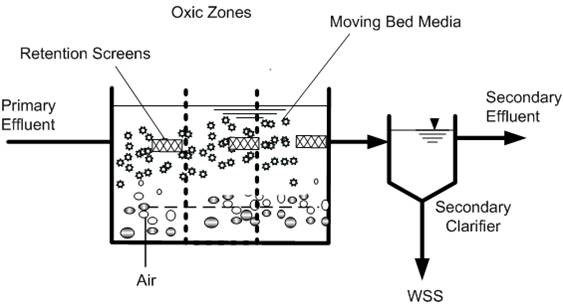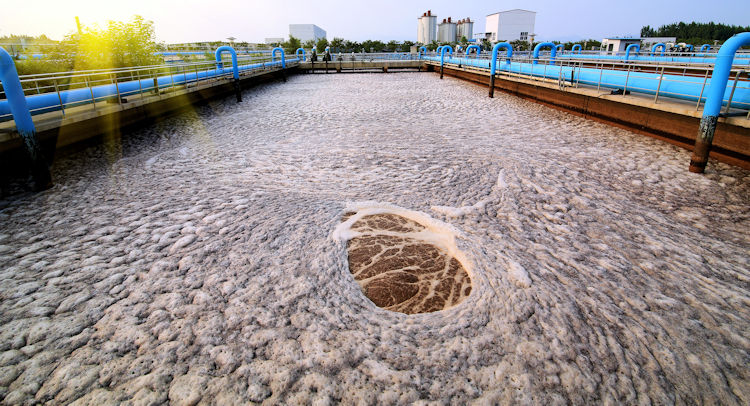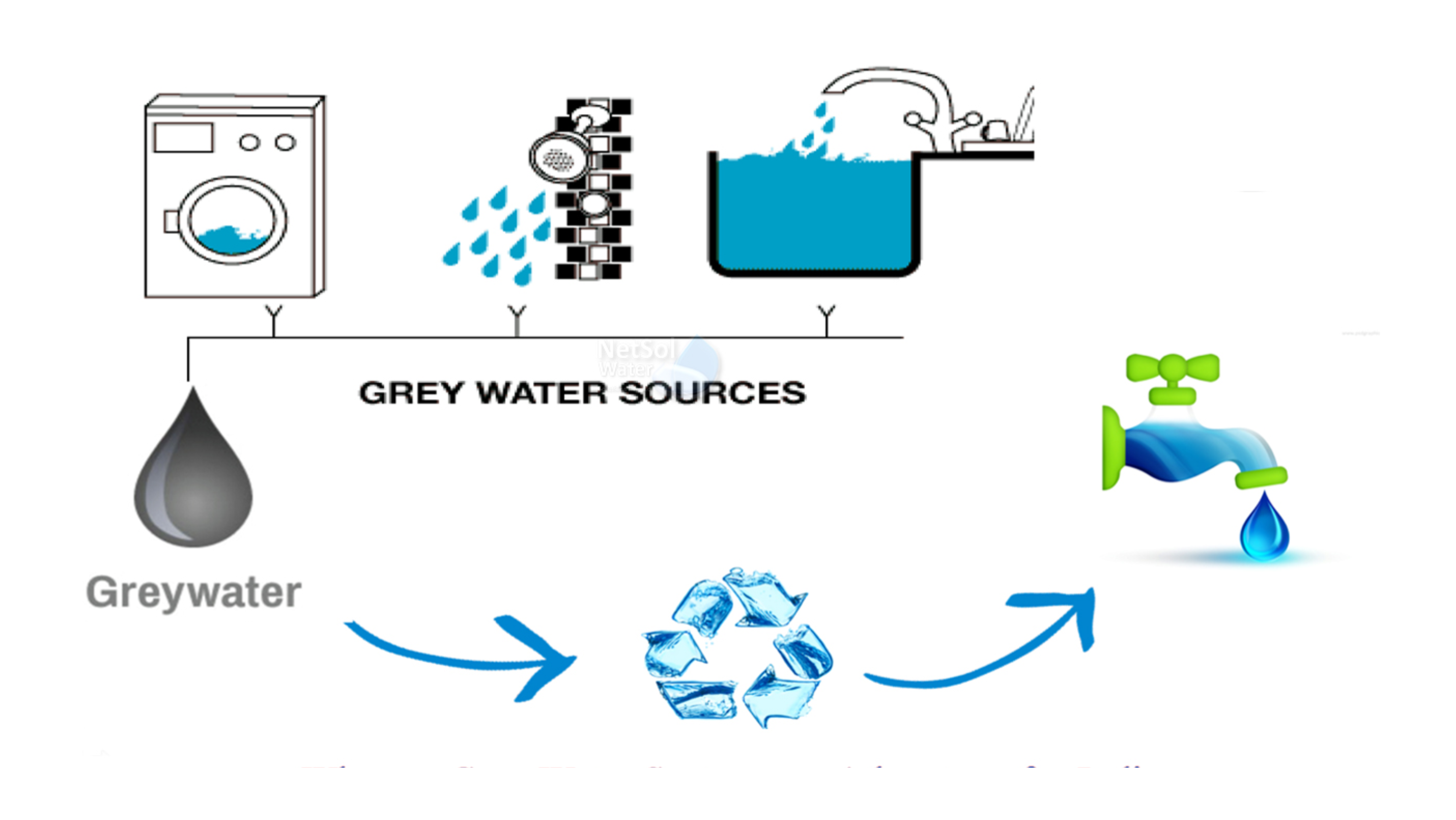Wastewater treatment is a crucial process for both industrial and municipal sectors, ensuring that pollutants are removed before the treated water is released into the environment. However, one of the most persistent challenges in wastewater management is the foul odor that results from organic decomposition and chemical reactions. This is where wastewater odor control chemicals play a pivotal role. By neutralizing or eliminating unpleasant smells, these chemicals improve air quality, protect worker health, and ensure compliance with environmental regulations.
Understanding Wastewater Odors

Odors in wastewater treatment plants primarily originate from organic matter breaking down in an oxygen-deprived environment. The most common culprits of foul smells include:
- Hydrogen Sulfide (H₂S): A toxic gas with a characteristic rotten egg odor.
- Ammonia (NH₃): A pungent gas released from the breakdown of nitrogen-containing compounds.
- Volatile Organic Compounds (VOCs): These include a range of malodorous chemicals resulting from industrial discharge and organic decay.
- Mercaptans: Organic sulfur compounds with an intense, skunk-like odor.
The Role of Wastewater Odor Control Chemicals
Wastewater odor control chemicals are specially formulated to counteract the effects of these odorous compounds. They work through different mechanisms, including oxidation, absorption, neutralization, and bioaugmentation. Some of the most effective chemicals used in odor control solutions include:
1. Oxidizing Agents
Oxidizers such as sodium hypochlorite (NaOCl), hydrogen peroxide (H₂O₂), and potassium permanganate (KMnO₄) react with odor-causing compounds to break them down into non-odorous byproducts. For example, hydrogen peroxide effectively oxidizes hydrogen sulfide, converting it into elemental sulfur or sulfate, thereby eliminating its foul smell.
2. Adsorbents
Activated carbon and zeolites are commonly used adsorbents that capture and remove malodorous gases from the air. These materials have a high surface area and porous structure, allowing them to effectively trap odor molecules and prevent them from being released into the environment.
3. Neutralizing Agents
Neutralizers work by chemically reacting with odorous compounds to form odorless substances. For instance, sodium hydroxide (NaOH) can neutralize acidic gases like hydrogen sulfide, reducing their volatility and smell.
4. Bioaugmentation and Biological Additives
Microbial solutions introduce specific bacteria and enzymes into wastewater treatment systems to break down organic waste more efficiently. These biological agents help in reducing the production of odorous compounds at the source.
5. Masking Agents
While not a true solution to odor control, masking agents release pleasant fragrances that temporarily cover up foul odors. They are often used in combination with other odor control solutions to provide immediate relief in high-odor areas.
Benefits of Using Wastewater Odor Control Chemicals
Implementing an effective odor control solution in wastewater treatment plants offers several benefits, including:
- Improved Air Quality: Eliminating foul smells enhances the working environment for employees and prevents unpleasant conditions for nearby communities.
- Regulatory Compliance: Many environmental agencies impose strict regulations on air quality and odor emissions. Proper odor control helps facilities stay compliant and avoid fines.
- Enhanced Public Relations: Odor complaints from residents can tarnish the reputation of a facility. Addressing odor issues proactively improves community relations.
- Protection of Equipment and Infrastructure: Corrosive gases like hydrogen sulfide can damage pipelines, tanks, and other infrastructure. Proper odor control prevents long-term deterioration.
Choosing the Right Odor Control Solution
Selecting the most suitable wastewater odor control chemicals depends on various factors, including the source of the odor, the composition of the wastewater, and the treatment plant's infrastructure. Here are some key considerations:
- Type of Odor: Identify whether the odor comes from hydrogen sulfide, ammonia, VOCs, or other compounds to determine the most effective treatment method.
- Treatment Method: Consider whether the plant uses physical, chemical, or biological treatment techniques to integrate odor control seamlessly.
- Environmental Impact: Opt for eco-friendly odor control solutions that minimize harm to the environment.
- Cost and Efficiency: Balance the cost of odor control chemicals with their effectiveness to ensure long-term sustainability.
Innovations in Wastewater Odor Control
The field of wastewater treatment is constantly evolving, with new advancements improving odor control efficiency. Some of the latest innovations include:
- Biological Scrubbers: These use naturally occurring bacteria to remove odorous gases from air streams, providing a sustainable and cost-effective solution.
- Encapsulation Technologies: Advanced chemicals that encapsulate odor molecules, preventing them from volatilizing into the air.
- Smart Monitoring Systems: AI-powered sensors and real-time monitoring tools help detect and control odors more effectively, optimizing chemical usage and reducing waste.
Conclusion
Wastewater odor control chemicals are essential for maintaining a clean and safe environment in wastewater treatment facilities. By implementing effective odor control solutions, industries and municipalities can enhance air quality, protect infrastructure, comply with environmental regulations, and improve community relations. With ongoing innovations and sustainable technologies, the future of wastewater odor control is set to become more efficient and eco-friendly. Choosing the right solution tailored to specific needs ensures long-term success in managing wastewater odors effectively.
Odor Control System Wastewater: Effective Solutions for Sustainable Treatment
Wastewater management is an essential process for industries and municipalities to ensure environmental safety and regulatory compliance. However, one of the major challenges in wastewater treatment is the unpleasant and often hazardous odors that arise due to the decomposition of organic materials. Implementing an efficient odor control system wastewater solution is crucial to mitigate foul smells, enhance air quality, and create a healthier environment for workers and nearby communities.
Understanding the Causes of Wastewater Odors
Odors in wastewater treatment facilities are primarily caused by the breakdown of organic matter under anaerobic conditions. The main contributors to these odors include:
- Hydrogen Sulfide (H₂S): A colorless gas with a distinct rotten egg smell, often released from sulfate-reducing bacteria.
- Ammonia (NH₃): A pungent-smelling gas resulting from the decomposition of nitrogenous waste.
- Volatile Organic Compounds (VOCs): Emitted from industrial waste and organic breakdown, contributing to unpleasant odors.
- Mercaptans and Other Sulfur Compounds: These compounds have strong, offensive smells and are often found in wastewater streams with high organic loads.
Importance of an Odor Control System for Wastewater
A robust odor control system wastewater solution is essential to manage and mitigate odor-related issues in treatment plants. Effective odor management provides several benefits, including:
- Improved Air Quality: Eliminating foul smells enhances the workplace environment and minimizes complaints from surrounding communities.
- Regulatory Compliance: Environmental agencies have strict regulations regarding air quality and odor emissions. Proper odor control helps facilities meet legal requirements.
- Health and Safety: Many odor-causing gases, such as hydrogen sulfide, pose serious health risks to workers and nearby residents.
- Enhanced Public Relations: Managing odors effectively prevents negative publicity and improves relationships with the local community.
Key Technologies in Odor Control Solutions
There are several advanced technologies used in odor control solutions to effectively reduce and neutralize unpleasant smells in wastewater treatment plants. These include:
1. Chemical Oxidation
Chemical oxidizers such as sodium hypochlorite (NaOCl), hydrogen peroxide (H₂O₂), and potassium permanganate (KMnO₄) are commonly used to break down odor-causing compounds. These oxidizing agents react with hydrogen sulfide and other malodorous substances, converting them into non-odorous byproducts.
2. Activated Carbon Filtration
Activated carbon filters are highly effective in adsorbing odor molecules from air streams. The porous structure of activated carbon provides a large surface area for trapping volatile compounds, preventing their release into the environment.
3. Biofiltration and Biological Treatment
Biofilters utilize microorganisms to degrade odorous compounds biologically. This eco-friendly solution is particularly effective in treating hydrogen sulfide and volatile organic compounds.
4. Scrubbing Systems
Scrubbing systems use chemical or biological agents to neutralize odors from wastewater streams. Wet scrubbers, for example, use water or chemical solutions to absorb and break down odorous gases before they are emitted into the atmosphere.
5. Encapsulation Technology
Encapsulation technologies create a barrier that traps odor molecules, preventing them from being released into the air. This method is often used in conjunction with other odor control solutions for maximum effectiveness.
Choosing the Right Odor Control System for Wastewater Treatment
Selecting the most effective odor control system wastewater strategy depends on several factors, including the source of the odor, the composition of the wastewater, and the facility's treatment processes. Here are some critical considerations:
- Type and Concentration of Odorous Compounds: Understanding the specific compounds causing the odor helps in choosing the appropriate treatment method.
- Plant Infrastructure and Treatment Methods: The existing setup of a wastewater treatment plant plays a significant role in determining the feasibility of different odor control solutions.
- Environmental and Safety Considerations: It is essential to opt for eco-friendly and non-toxic solutions to minimize environmental impact.
- Cost-Effectiveness and Long-Term Sustainability: Balancing the cost of odor control chemicals with their efficiency ensures economic sustainability.
Innovations in Odor Control Solutions
With the advancement of technology, new and innovative odor control solutions are being developed to enhance efficiency and sustainability. Some of the latest innovations include:
- AI-Based Monitoring Systems: Real-time odor detection and monitoring using AI and sensor technology help optimize chemical usage and improve treatment efficiency.
- Advanced Bioreactors: The use of bioreactors with enhanced microbial activity is proving to be highly effective in breaking down odor-causing compounds naturally.
- Sustainable Chemical Formulations: Green chemistry approaches are being developed to create non-toxic, biodegradable odor control chemicals.
Conclusion
A well-implemented odor control system wastewater solution is essential for maintaining a safe, compliant, and odor-free environment in wastewater treatment facilities. With a combination of advanced odor control solutions, industries and municipalities can effectively manage and eliminate wastewater odors, ensuring environmental sustainability and community well-being. As technology advances, more efficient and eco-friendly odor control strategies are being developed, paving the way for a cleaner and healthier future in wastewater management.

